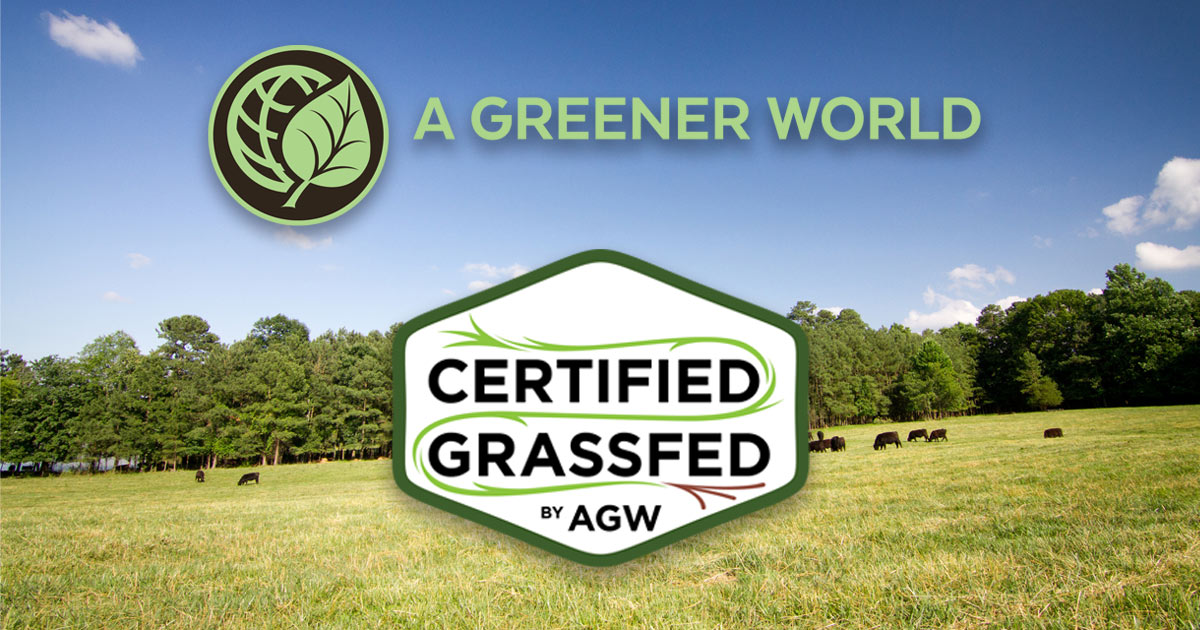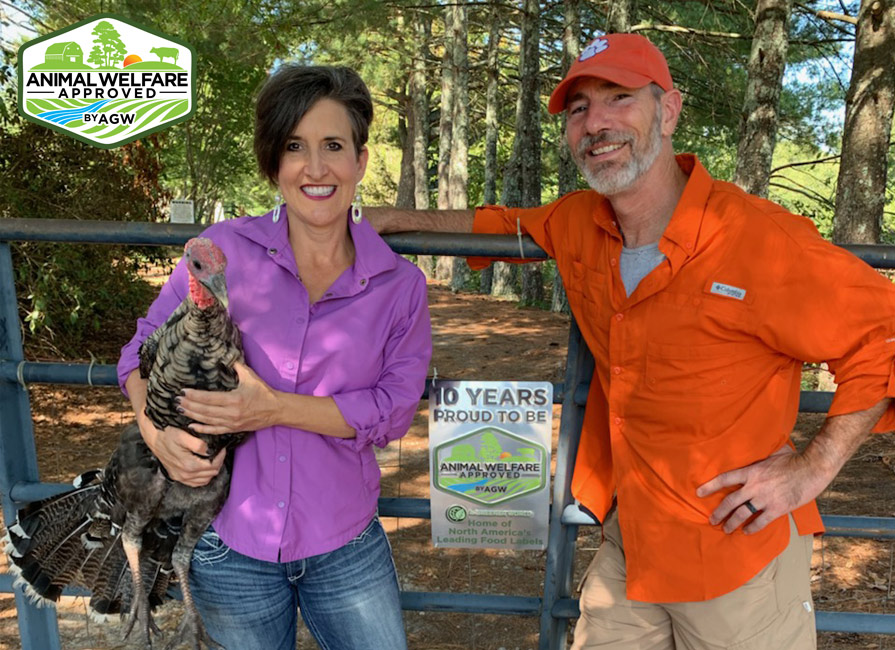Oregon Small Farms Conference
Oregon Small Farms Conference
Longest Acres Farm – Chelsea, VT
Longest Acres Farm is situated near Chelsea, the shire town of Orange County, VT. Owners Nick Zigelbaum and Kate Maclean are relatively new to farming: “We had wanted our own farm ever since we quit our office jobs and our…
AWA Now Accepting 2011-2012 Good Husbandry Grant Proposals
Pasture and Climate Change: FAO sees “vast potential”
Burps Without the Blame: New report defends grassfed in climate debate
Patient Wait Farms – Piedmont, SC
Gail Cooley, with the help of her husband, Mike, raises Certified Animal Welfare Approved by A Greener World (AGW) traditional breed turkeys, laying hens and laying ducks at Patient Wait Farms in upstate South Carolina. Set on 20 acres of…
On Animal Agriculture and Global Warming
Spring shedding at Animal Welfare Approved's Green Dirt Farm in Weston, Missouri Is meat to blame for our climatic woes? According to two recent reports, one by the Humane Society of the United States (HSUS) and the other by the…
Citizens in Illinois Cry Out for Help
Matthew B. Alschuler wrote to us from Warren, Illinois asking for ideas on how he and his community can stop the development of a 13,000 head dairy cattle factory. Please see the website http://www.stopthemegadairy.org/index.html for information and to learn how…


